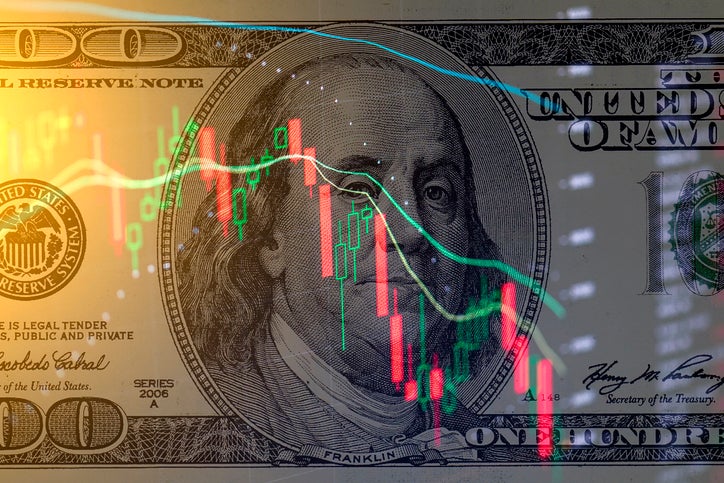
Kleinhenze explained in the June edition of NRF’s Monthly Economic Review that today’s economy is a lot like looking into a kaleidoscope, with the view changing and the data providing a different reflection of what’s happening every time you look.
He continued: “Depending on which data you view in the economic kaleidoscope, you get two different angles on the state of the consumer. While survey data shows consumers do not have much confidence in the economy, actual spending data shows they were upbeat as the second quarter kicked off.”
Kleinhenze believes consumer spending has been bolstered by a strong job market and rising wages, which have helped counter rising prices and higher borrowing costs. He adds it is difficult to reconcile these views, but learnings over the last several years highlight “don’t count the American consumer out, at least not yet.”
He said the Federal Reserve’s increases in interest rates as an effort to control inflation have been slowing the economy but not so much as to tip it into recession.
Revised data show that gross domestic product grew at an annualised rate of 1.1% in the first quarter rather than the original estimate of 1.3%. Furthermore, the average of GDP and gross domestic income – a measure of everything earned during production and often a bellwether of revisions to GDP – decreased 0.5% in the first quarter following a decrease of 0.4% in the fourth quarter. Kleinhenz expects GDP to grow about 1% for the year.
“This suggests that GDP likely overstates US economic growth and that higher interest rates, tighter credit and persistent inflation are having more of a concerted effect on the direction of the economy than suggested by GDP alone,” Kleinhenz said, referring to the GDP-GDI average. “Given that, we continue to look for a soft landing this year.”
While aggressive Fed tightening of credit has resulted in a recession every time it has been tried since 1970, there have been other times that the Fed has tightened interest rates and been able to slow the economy and inflation without a recession, Kleinhenz said, including 1994-1995 and 2015-2018.
The University of Michigan Consumer Confidence Index, which had risen to 64.9 in January after a record low of 50 last June, was at 59.2 in May, a 4.3-point drop from April. Nonetheless, personal consumption was up 6.7% year over year in April while personal disposable income was up 4.7%, indicating that “the economy is holding up better than many have argued,” Kleinhenz said.
Year-over-year inflation, as measured by the Personal Consumption Expenditures Price Index, was at 4.4% in April. That compared with 4.9% in the first quarter and 5.7% in the fourth quarter.
NRF analyses economic conditions affecting the industry through reports such as the Monthly Economic Review.



